-
 bitcoin
bitcoin $110415.485139 USD
-1.74% -
 ethereum
ethereum $3914.309383 USD
-1.58% -
 tether
tether $1.000075 USD
0.00% -
 bnb
bnb $1116.910315 USD
1.41% -
 xrp
xrp $2.562069 USD
-1.96% -
 solana
solana $193.888910 USD
-0.02% -
 usd-coin
usd-coin $0.999800 USD
-0.01% -
 dogecoin
dogecoin $0.192383 USD
-0.47% -
 tron
tron $0.296815 USD
0.66% -
 cardano
cardano $0.641286 USD
-0.18% -
 hyperliquid
hyperliquid $47.495653 USD
-0.35% -
 chainlink
chainlink $18.106533 USD
1.42% -
 bitcoin-cash
bitcoin-cash $561.296588 USD
0.00% -
 stellar
stellar $0.316591 USD
-0.21% -
 ethena-usde
ethena-usde $0.999227 USD
-0.01%
How to combine RSI with other indicators for crypto
The Relative Strength Index (RSI) is a vital tool in crypto trading for identifying overbought or oversold conditions, but due to the market's volatility, it works best when combined with other indicators like moving averages, MACD, Bollinger Bands, and volume tools to improve accuracy and reduce false signals.
Jul 12, 2025 at 08:35 am
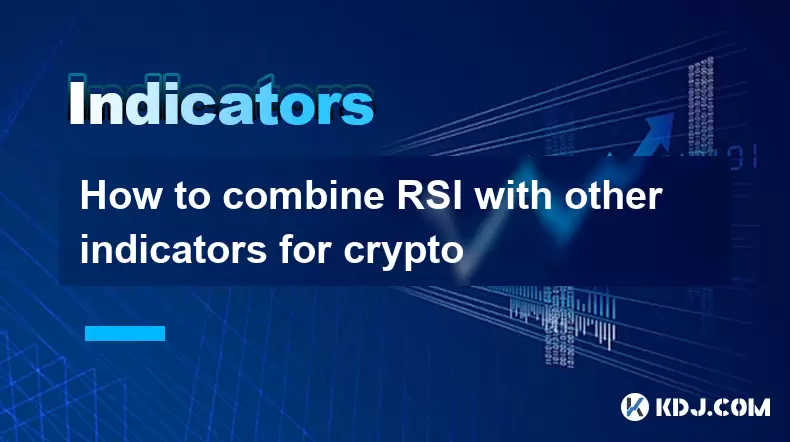
Understanding the Role of RSI in Crypto Trading
The Relative Strength Index (RSI) is a momentum oscillator that measures the speed and change of price movements. In the context of cryptocurrency trading, where volatility is high and trends can shift rapidly, RSI provides traders with insights into overbought or oversold conditions. Typically, an RSI above 70 indicates overbought territory, suggesting a potential pullback, while an RSI below 30 signals oversold conditions, which may point to a possible rebound.
However, due to the erratic nature of crypto markets, relying solely on RSI can lead to false signals. This makes it essential for traders to combine RSI with other technical indicators to enhance accuracy and reduce the risk of misleading signals. The integration of complementary tools allows for a more robust analysis framework, especially when navigating unpredictable digital asset markets.
Combining RSI with Moving Averages for Confirmation
One effective method of enhancing RSI's reliability is combining it with Moving Averages (MAs). Traders often use the 50-day and 200-day Simple Moving Averages (SMA) to identify long-term trends. When RSI signals an overbought condition and the price crosses below a key moving average, it strengthens the case for a bearish reversal.
For example:
- If RSI drops below 70, indicating weakening bullish momentum.
- And the price falls below the 50-day SMA, confirming downward pressure.
This dual confirmation helps filter out false signals and increases confidence in trade decisions. Additionally, using Exponential Moving Averages (EMA) like the 9-period EMA and 21-period EMA can offer quicker responses to recent price changes, making them particularly useful in fast-moving crypto environments.
Integrating RSI with MACD for Momentum Confluence
Another powerful pairing involves combining RSI with the Moving Average Convergence Divergence (MACD). While RSI identifies overbought and oversold levels, MACD focuses on trend direction and momentum shifts. Using both together can help traders spot high-probability entry and exit points.
Key observations include:
- When RSI shows divergence, such as rising prices but falling RSI values.
- And the MACD line crosses below the signal line, signaling bearish momentum.
This confluence suggests a strong likelihood of trend reversal. For instance, if Bitcoin’s price continues to rise but RSI starts to decline while the MACD histogram shrinks, it could indicate waning buying pressure and an imminent correction.
Utilizing Bollinger Bands alongside RSI for Volatility Analysis
In highly volatile crypto markets, Bollinger Bands serve as dynamic support and resistance levels. When combined with RSI, they provide valuable context regarding whether extreme readings are sustainable or likely to reverse.
Here’s how traders can integrate both:
- When price touches or exceeds the upper Bollinger Band and RSI is above 70, it confirms overbought conditions.
- Conversely, if price hits the lower band and RSI is below 30, it reinforces oversold territory.
This combination helps distinguish between genuine reversals and continuation patterns. For example, Ethereum might test its upper Bollinger Band with RSI at 80, signaling a probable pullback, but if volume remains high and price closes near the top, it could suggest strength rather than exhaustion.
Pairing RSI with Volume Indicators for Validation
Volume plays a crucial role in validating price action, especially in crypto where sudden surges or drops can be misleading without proper confirmation. Combining RSI with volume-based indicators like On-Balance Volume (OBV) or Volume Weighted Average Price (VWAP) can improve decision-making.
Notable setups include:
- RSI divergence accompanied by declining volume suggests weakening momentum.
- Strong breakout moves confirmed by increasing volume and RSI crossing key thresholds (e.g., breaking above 30 from oversold).
For example, if Litecoin experiences a sharp price drop but volume remains low and RSI doesn’t confirm the move by hitting new lows, it may hint at a false breakdown rather than a true bearish trend.
Frequently Asked Questions
Can I use RSI alone for crypto trading?
While RSI is a powerful tool, using it in isolation can result in misleading signals due to the high volatility and noise in crypto markets. It's recommended to combine RSI with other indicators like moving averages, MACD, Bollinger Bands, or volume indicators to increase accuracy and filter false alarms.
What timeframes work best when combining RSI with other indicators?
Shorter timeframes like 1-hour or 4-hour charts are suitable for day traders seeking quick entries and exits. Longer-term traders may prefer daily or weekly charts for broader trend validation. Adjusting RSI settings (e.g., using a 14-period vs. 7-period) based on timeframe can also impact performance.
How do I handle conflicting signals between RSI and other indicators?
Conflicting signals are common in crypto due to rapid market swings. In such cases, prioritize confluence zones where multiple indicators align. If divergence occurs, wait for stronger confirmation through candlestick patterns, volume spikes, or price action before making a decision.
Is RSI reliable during crypto market crashes or parabolic rallies?
During extreme market conditions, RI can remain in overbought or oversold territory for extended periods. Therefore, it should not be used as a standalone reversal indicator. Instead, look for divergence, volume shifts, and trendline breaks alongside RSI to assess sustainability of the current move.
Disclaimer:info@kdj.com
The information provided is not trading advice. kdj.com does not assume any responsibility for any investments made based on the information provided in this article. Cryptocurrencies are highly volatile and it is highly recommended that you invest with caution after thorough research!
If you believe that the content used on this website infringes your copyright, please contact us immediately (info@kdj.com) and we will delete it promptly.
- Essex Post Office, 5p Coins, and King Charles: A Royal Mint Revelation!
- 2025-10-23 10:30:16
- Waymo's Newark Airport AV Tests: Alphabet's AI Gamble Pays Off?
- 2025-10-23 10:30:16
- King Charles 5p Coins: A Royal Flush in Your Pocket?
- 2025-10-23 10:35:18
- Solana, Crypto Advisory, and Forward Industries: A New York Minute on the Future of Finance
- 2025-10-23 08:51:22
- MAGACOIN: Ethereum Whales Dive into the Hottest Presale of 2025
- 2025-10-23 08:51:22
- Kadena's End of the Road? KDA Token Plummets Amid Project Abandonment
- 2025-10-23 08:55:34
Related knowledge
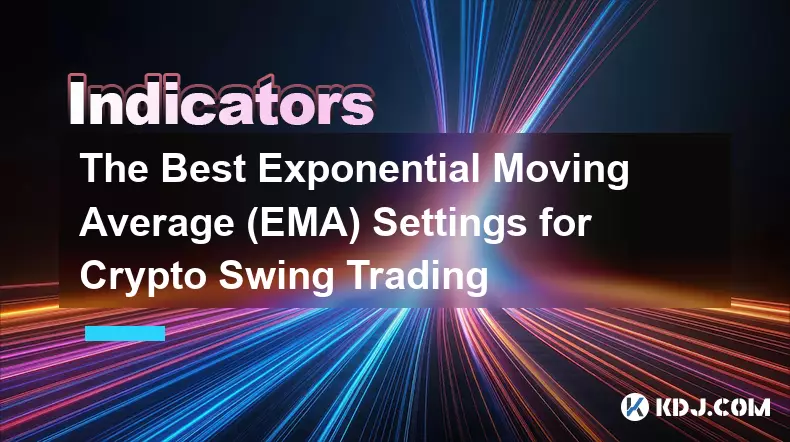
The Best Exponential Moving Average (EMA) Settings for Crypto Swing Trading
Oct 25,2025 at 04:55pm
The Best Exponential Moving Average (EMA) Settings for Crypto Swing TradingSwing trading in the cryptocurrency market relies heavily on identifying tr...
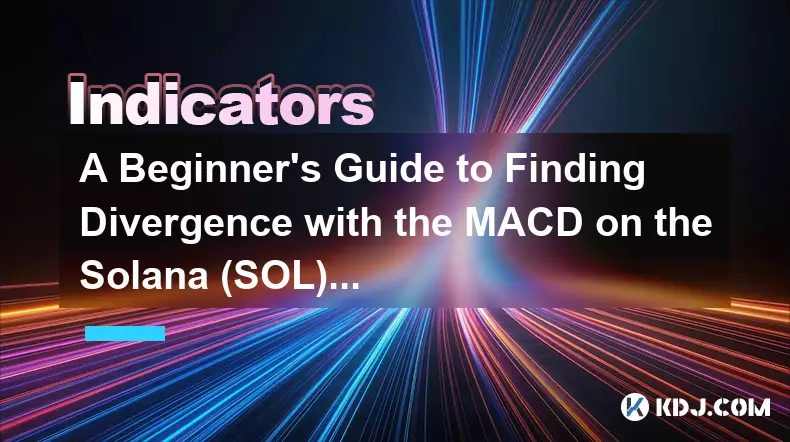
A Beginner's Guide to Finding Divergence with the MACD on the Solana (SOL) Chart
Oct 26,2025 at 12:36pm
Understanding MACD and Its Role in Solana Trading1. The Moving Average Convergence Divergence (MACD) is a momentum indicator widely used in cryptocurr...
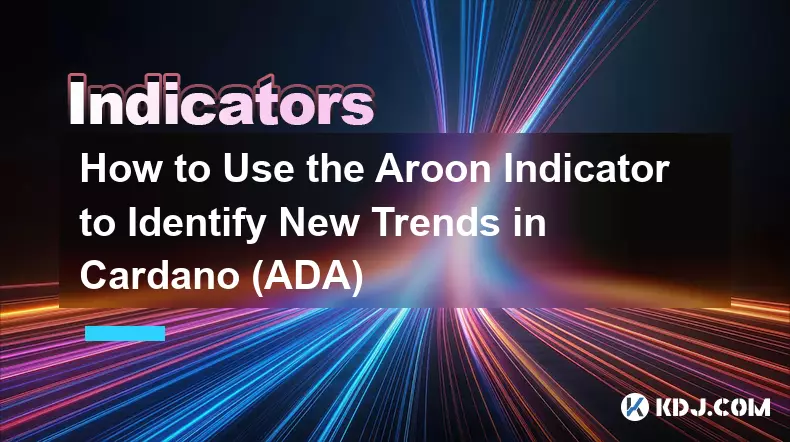
How to Use the Aroon Indicator to Identify New Trends in Cardano (ADA)
Oct 26,2025 at 10:18pm
Understanding the Aroon Indicator in Cryptocurrency Trading1. The Aroon indicator is a technical analysis tool designed to identify whether an asset i...
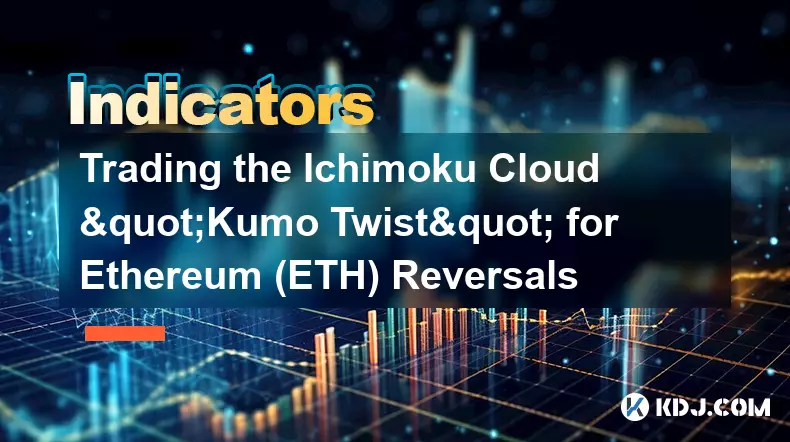
Trading the Ichimoku Cloud "Kumo Twist" for Ethereum (ETH) Reversals
Oct 27,2025 at 01:54am
Understanding the Ichimoku Cloud and Its Components1. The Ichimoku Cloud, also known as Ichimoku Kinko Hyo, is a comprehensive technical analysis tool...
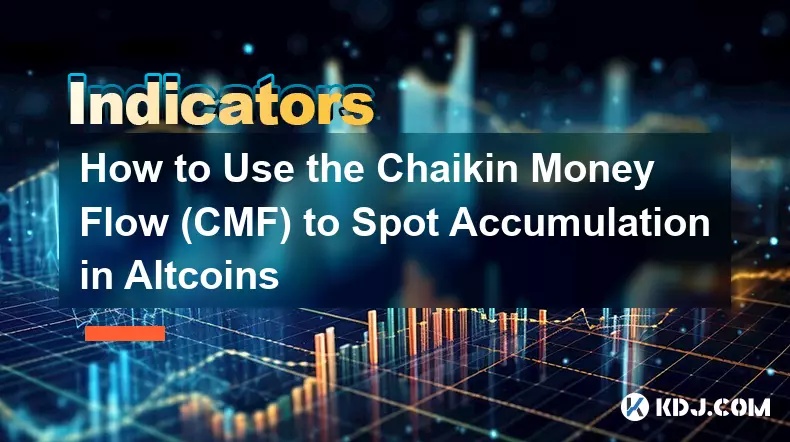
How to Use the Chaikin Money Flow (CMF) to Spot Accumulation in Altcoins
Oct 25,2025 at 08:18pm
Understanding Chaikin Money Flow in the Context of Altcoin Markets1. The Chaikin Money Flow (CMF) is a technical indicator developed by Marc Chaikin t...

How to Trade with the Keltner Channel Indicator on the Ethereum (ETH) Chart
Oct 28,2025 at 08:54am
Understanding the Keltner Channel in Ethereum Trading1. The Keltner Channel is a volatility-based technical indicator that consists of three lines: an...

The Best Exponential Moving Average (EMA) Settings for Crypto Swing Trading
Oct 25,2025 at 04:55pm
The Best Exponential Moving Average (EMA) Settings for Crypto Swing TradingSwing trading in the cryptocurrency market relies heavily on identifying tr...

A Beginner's Guide to Finding Divergence with the MACD on the Solana (SOL) Chart
Oct 26,2025 at 12:36pm
Understanding MACD and Its Role in Solana Trading1. The Moving Average Convergence Divergence (MACD) is a momentum indicator widely used in cryptocurr...

How to Use the Aroon Indicator to Identify New Trends in Cardano (ADA)
Oct 26,2025 at 10:18pm
Understanding the Aroon Indicator in Cryptocurrency Trading1. The Aroon indicator is a technical analysis tool designed to identify whether an asset i...

Trading the Ichimoku Cloud "Kumo Twist" for Ethereum (ETH) Reversals
Oct 27,2025 at 01:54am
Understanding the Ichimoku Cloud and Its Components1. The Ichimoku Cloud, also known as Ichimoku Kinko Hyo, is a comprehensive technical analysis tool...

How to Use the Chaikin Money Flow (CMF) to Spot Accumulation in Altcoins
Oct 25,2025 at 08:18pm
Understanding Chaikin Money Flow in the Context of Altcoin Markets1. The Chaikin Money Flow (CMF) is a technical indicator developed by Marc Chaikin t...

How to Trade with the Keltner Channel Indicator on the Ethereum (ETH) Chart
Oct 28,2025 at 08:54am
Understanding the Keltner Channel in Ethereum Trading1. The Keltner Channel is a volatility-based technical indicator that consists of three lines: an...
See all articles









































































